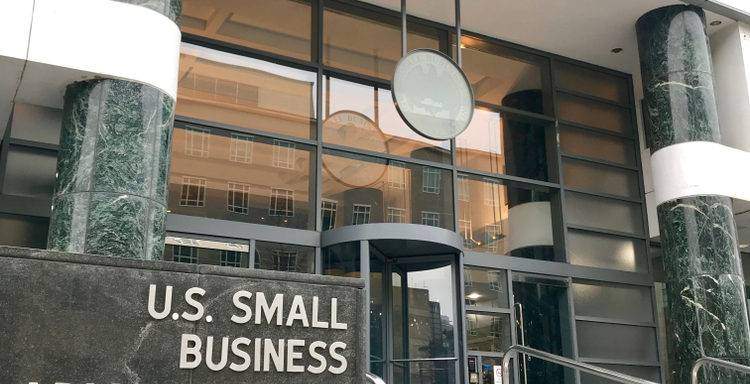Consolidated guidance replaces traditional SOP 50 10 5 guidelines
On August 28, 2020, the U.S. Small Business Administration (SBA) announced its new SOP 50 10 6 document, outlining the agency’s policies and procedures for the 7(a) and Certified Development Companies (CDCs)/504 loan programs. Among other things, the document outlines the steps that SBA lenders and CDCs must follow for environmental investigations using a tiered process that ranges from an environmental questionnaire all the way up to a Phase II environmental site assessment (when warranted). The SOP also includes the SBA’s NAICS Code list of environmentally sensitive industries. This list is important as a property’s current or past operation in any of these industries automatically dictates that the environmental investigation must begin with a Phase I ESA by a qualified environmental professional.
The previous round of revisions, released as 50 10 5(K), which became effective in April 2019, included more extensive changes and clarifications to the requirements for dry cleaners, lead risk assessments at child-occupied facilities and Phase II requirements for dry cleaning sites.
Here’s what you need to know about the new SOP 50 10 6:
- The document reflects the agency’s comprehensive rewrite of its traditional Standard Operating Procedure 50 10 5 series. The new document contains one section that consolidates all core requirements that apply to both the 7(a) and 504 loan programs, including guidance on historic properties and environmental policies and procedures.
- The SOP is divided into two parts:
- Part 1 (formerly known as Subpart A) contains SBA Lender participation and portfolio requirements including: criteria for becoming an SBA Lender; delegated authorities; a brief overview of how SBA conducts oversight of SBA Lenders; and processes for loan reporting, loan transfers, secondary market transactions, and securitization.
- Part 2 (formerly known as Subparts B and C) is divided into the following three sections:
- Section A: Core Requirements for all 7(a) and 504 loans
- Section B: 7(a) Loan program-specific requirements
iii. Section C: 504 Loan program-specific requirements
- In terms of environmental due diligence, the key changes were:
- An increase in the threshold triggering an Environmental Questionnaire and Records Search with Risk Assessment (RSRA) from $150,000 to $250,000 for loans where there is not a NAICS code match to an environmentally sensitive industry. (If the loan amount is up to and including $250,000, the Environmental Investigation may begin with an Environmental Questionnaire.)
- The SBA also revised the definition of Environmental Questionnaire to include this language: “An acceptable Environmental Questionnaire must include…the following language with respect to false statements: ‘The undersigned owner(s) and/or operator(s) acknowledge(s) and agree(s) that intentionally falsifying or concealing any material fact with regard to the subject matter of this Environmental Questionnaire may, in addition to other penalties, result in prosecution under applicable law including 18 U.S.C. section 1001.’”
- The agency also simplified the guidance and process for complying with Section 106 of the National Historic Preservation Act. In cases where the borrower has no intention of altering, renovating, rehabilitating, restoring, and/or demolishing any part of the property or site, there is now a new SBA Form 2481, “Historic Property Borrower Certification,” which allows the borrower to self-certify for projects involving property or site acquisition.
- The new document also incorporates guidance provided in SBA Policy Notice 5000-19007 that increased the loan size from $250,000 to $500,000 (or in the case of CDCs, the estimated value of the project property) as the threshold that triggers the requirement of appraisals on collateral secured by commercial real property.
- The SOP 50 10 6 becomes effective October 1, 2020 and will apply to all applications received by SBA on or after that date. Participants must continue to use SOP 50 10 5(K) for SBA 7(a) and 504 applications submitted through September 30, 2020.
For more information
The U.S. SBA’s August 2020 Information Notice announcing the availability of the new SOP and a brief summary of the changes to the SOP here.
The full SOP 50 10 6 is available here.
LightBox updated our SBA process flow diagram (step-by-step instructions for conducting environmental due diligence on SBA loans) to reflect the RSRA threshold revision. To access the flow chart or to get information on our LoanCheck RSRA solution.
Questions?
SBA has established a new email account to provide support and answer questions on the new SOP: SOP50106@sba.gov
Questions concerning this Notice may be directed to the Lender Relations Specialist in the local SBA Field Office. Local SBA Field Offices can be found here.
